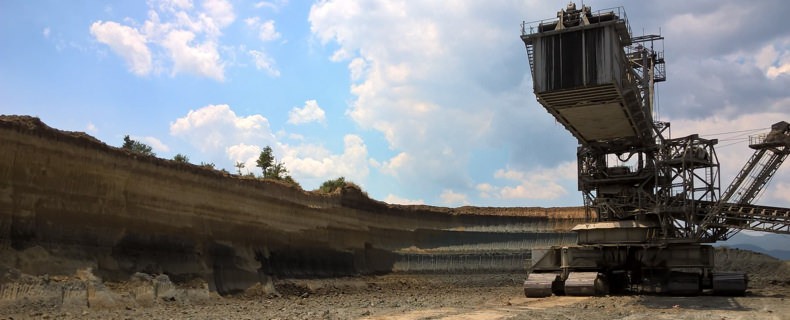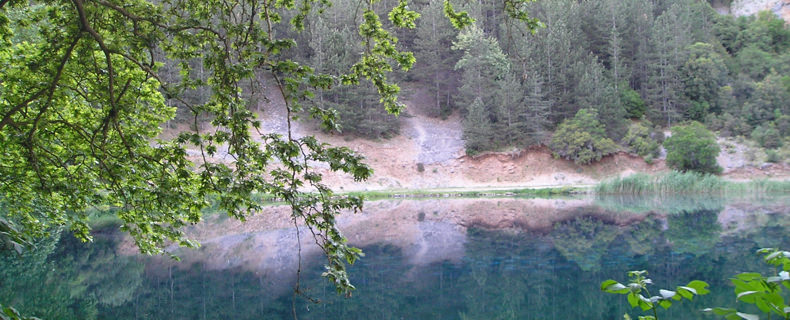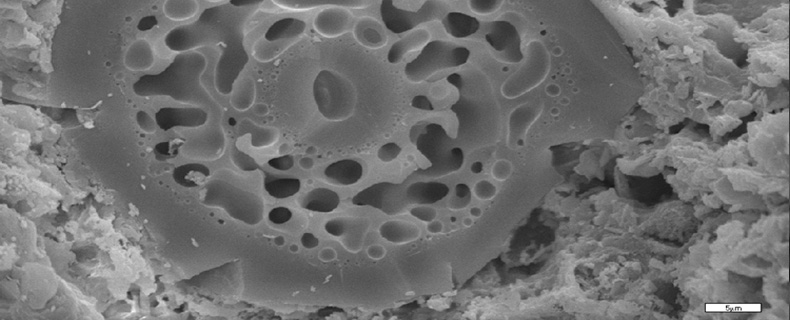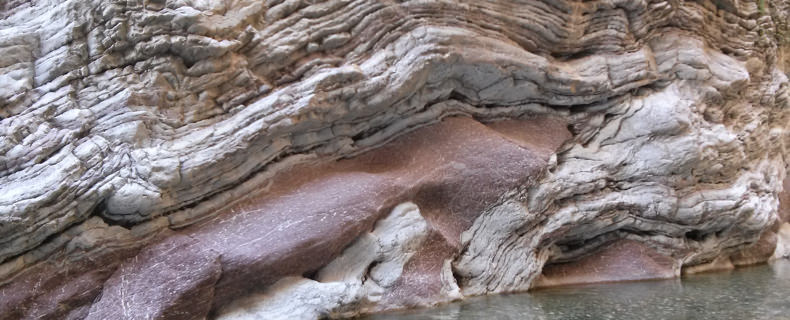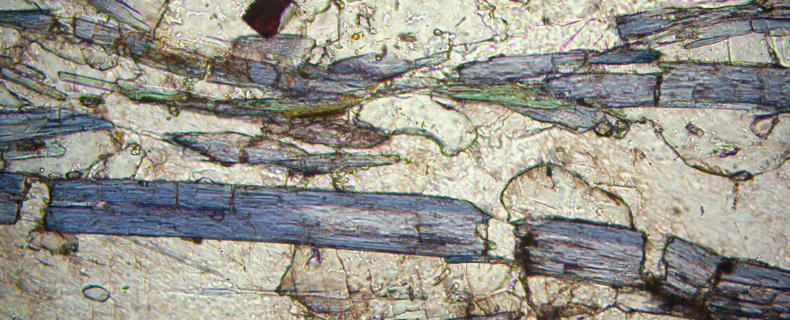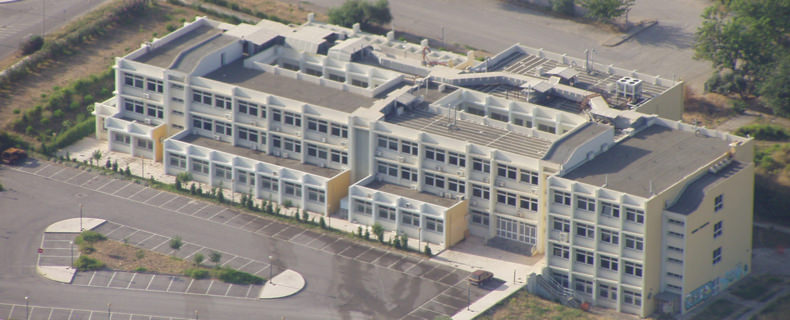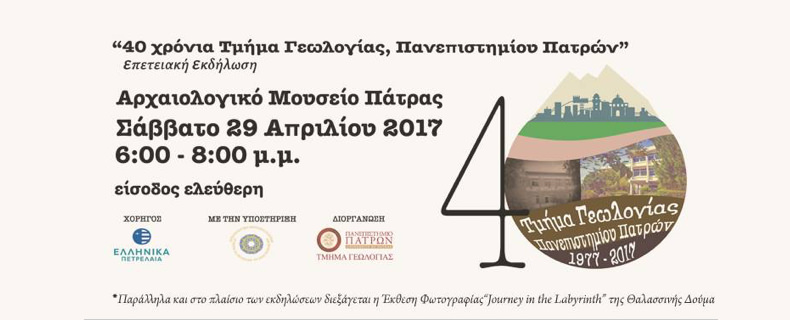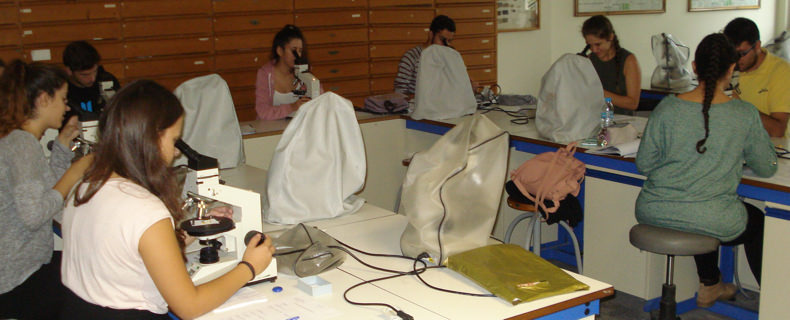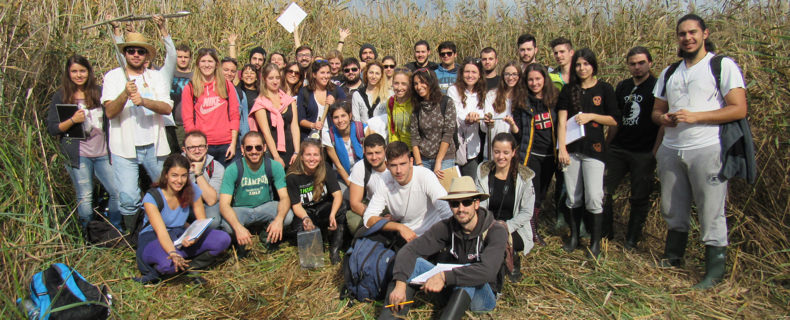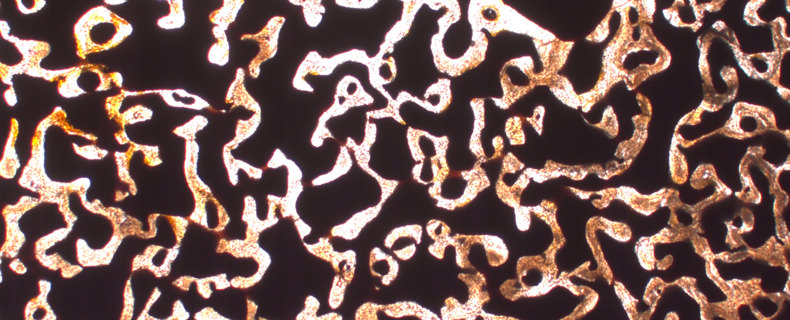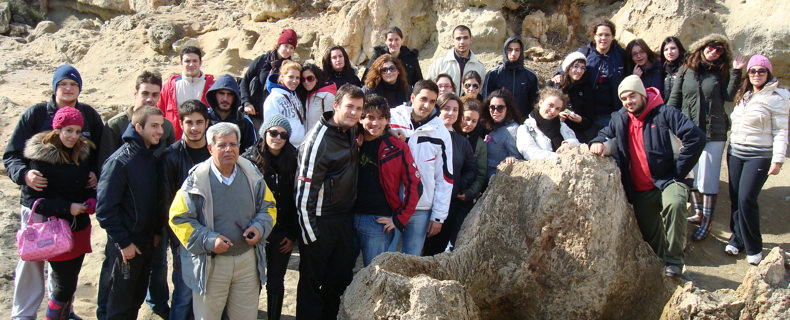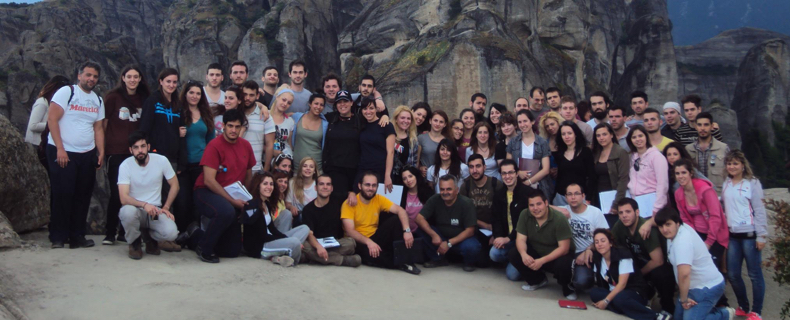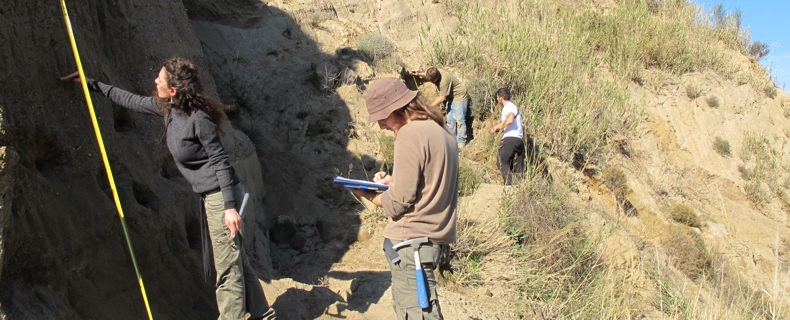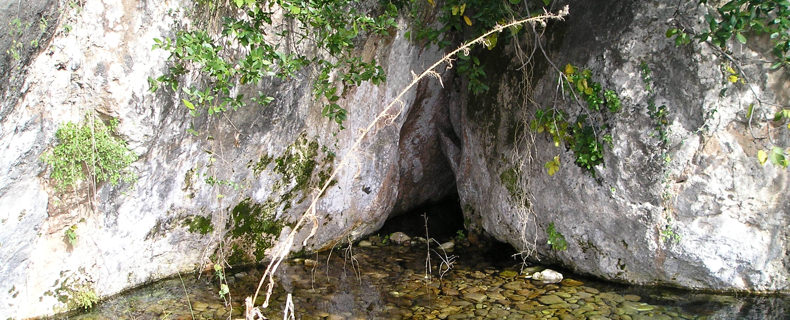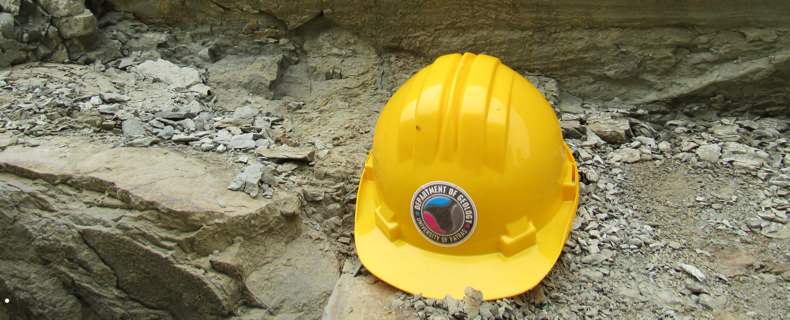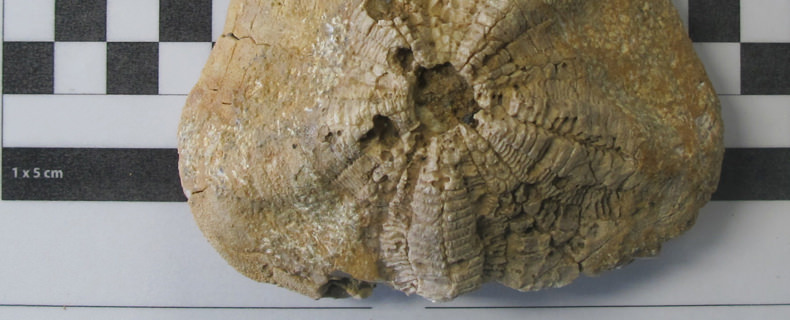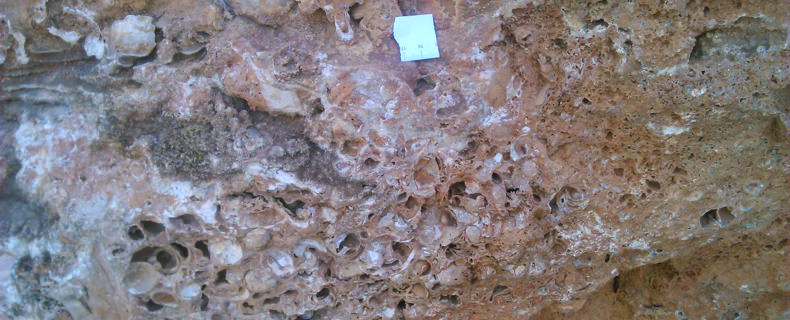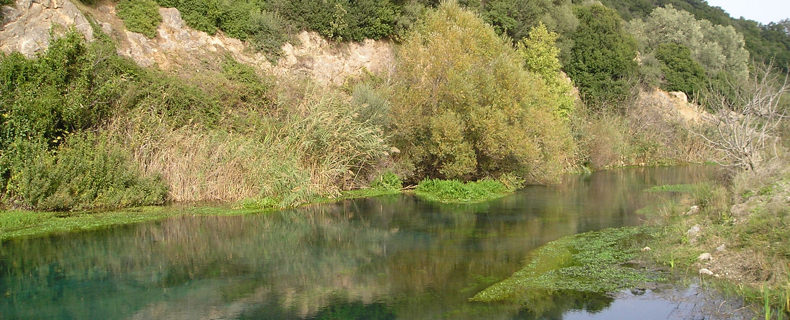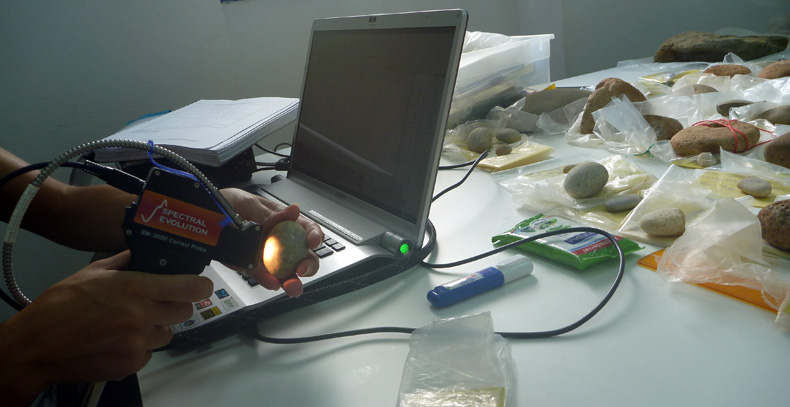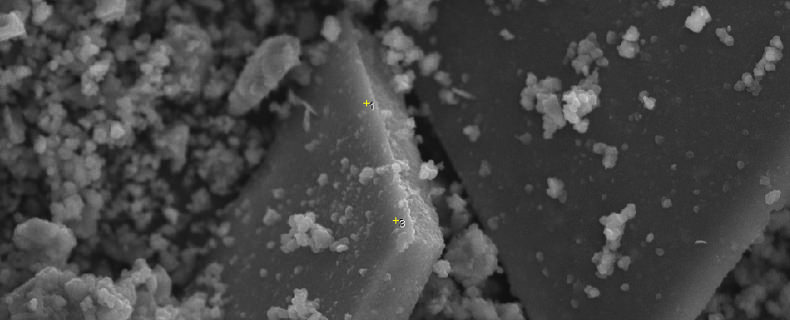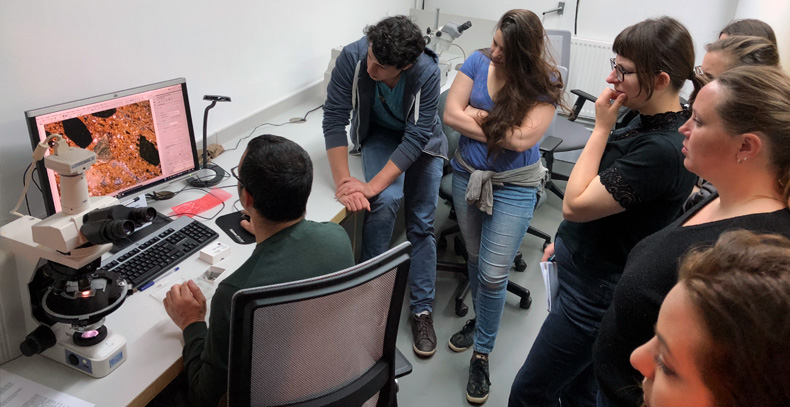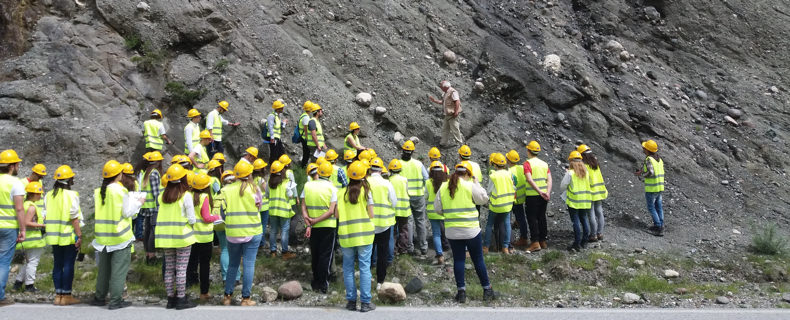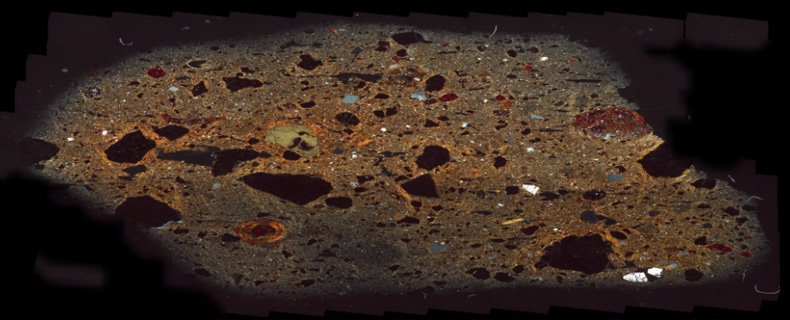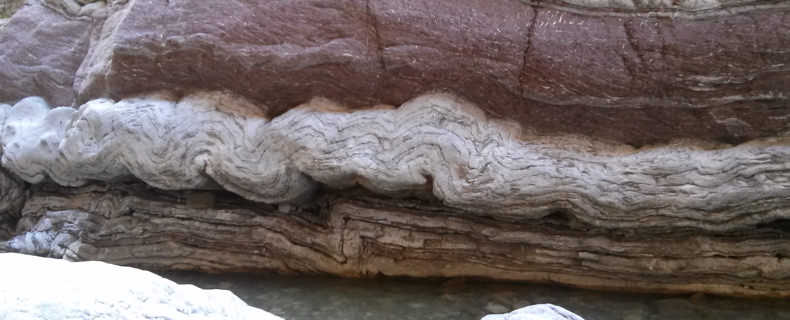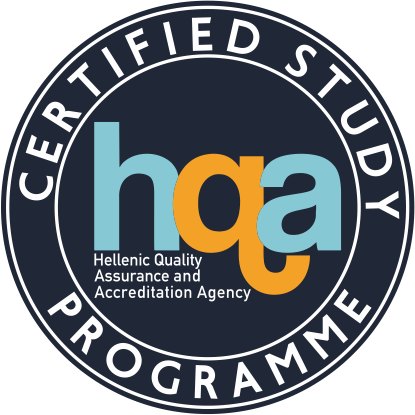| School |
Natural Sciences |
Academic Unit
|
Geology Department |
Level of Studies
|
Undergraduate |
Course Code
|
GEO_608 |
| Εξάμηνο σπουδών |
6ο |
Course Title
|
Petrology of Igneous and Metamorphic Rocks |
Independent Teaching Activities
|
Lectures, tutorials and laboratory work |
Weekly Teaching Hours
|
2 (lect.), 2 (lab.) 1 (tut) |
| Credits |
4 |
Course Type
|
General Background, Field of Science (Petrology) and Skills Development (microscopic characterization) |
Prerequisite Courses
|
Typically, there are not prerequisite course.
Essentially, the students should possess:
(a) knowledge provided through the previously taught theoretical courses: ‘'Physics”, “Chemistry”, “Earth Materials I”, “Earth Materials II”, “Petrography I” and “Petrography ΙΙ”.
(b) laboratory skills obtained through the previously attended laboratories included in the courses outlined above. |
Language of Instruction & Examinations
|
Greek |
Is the Course offered to Erasmus Students
|
Yes |
| Course Web-Page (URL) |
https://eclass.upatras.gr/courses/GEO308/ |
Learning Outcomes
|
By the end of this course the student will be able to:
- Identify minerals and textures of igneous and metamorphic rocks
- Apply the thermodynamic rules and evaluate the thermodynamic equilibrium in igneous and metamorphic chemical systems.
- Use binary and ternary systems for the interpretation of igneous rock systems (granites, basalts, etc.)
- Use compositional diagrams and petrogenetic grids to infer the P-T-t paths of metamorphic rocks.
By the end of the course the student will have further developed the following skills:
- Ability to demonstrate knowledge and understanding of essential facts,
concepts, principles and theories relating to rock formation
- Ability to construct and use geochemical diagrams for petrological interpretation
- Develop skills needed for the identification and interpretation of critical textures and assemblages.
- Ability to apply such knowledge and understanding for the interpretation of processes that produce chemical / mineralogical diversity of igneous and metamorphic rocks.
- Ability to place petrogenetic processes in the frame of the theory of the lithospheric plates.
|
General Competences
|
By the end of this course the student will, furthermore, have developed the following general comptence):
- Ability to exhibit knowledge and understanding of the essential facts, concepts, theories and applications which are related to Petrology of Igneous and Metamorphic Systems.
- Ability to apply this knowledge and understanding to the solution of problems related to Petrology of Igneous and Metamorphic Systems of non familiar nature.
- Αbility to adopt and apply methodology to the solution of non familiar problems of Petrology of Igneous and Metamorphic Systems.
- Study skills needed for continuing professional development.
- Ability to interact with others in petrological issues.
Generally, by the end of this course the student will, furthermore, have develop the following general abilities (from the list above):
- Searching, analysis and synthesis of facts and information, as well as using the necessary technologies
- Autonomous (Independent) work
- Group work
|
| Syllabus |
Part A: Igneous Petrology
Origin of the elements and minerals in the universe. Fundamental petrological concepts. Study of the Earth mantle. Classification of igneous rocks. Fundamental thermodynamic concepts. Unary, binary and ternary phase diagrams, the phase rule. Liquid-crystal equilibria in magmatic systems. Processes of magma production and evolution. Basalts, Granites. Geochemical processes in the igneous rocks. Magmatic evolution models. Mantle metasomatism. Magmatic environments.
Laboratorial exercises:
Εach student is assigned a thin section suite to work out exercise assignments on identifying and interpreting rock textures and mineral assemblages:
- LAB A1: Igneous textures and rock classification: a review.
- LAB A2: Fundaments thermodynamic concepts. Study of binary phase diagrams.
- LABS A3-4: Study of binary and ternary phase diagrams.
- LABS A5-6: Geochemical processes in the igneous systems, Petrogenesis
Part B: Metamorphic Petrology
Physical and chemical processes of metamorphism. Metamorphic zones, isograds and facies. Metamorphism and plate tectonics. Chemographic projection of mineral assemblages. Composition diagrams, reactions and petrogenetic grids of metamorphic rocks of high, intermediate and low pressure facies series. Geothermobarometry and P–T- t paths of metamorphic rocks.
Laboratory Exercises:
Each student is requested to answer in specific problems emerging through the study of thin sections of metamorphic rocks at the end of each laboratory exercise.
- LAB B1 Microtextural characteristics of metamorphic rocks.
- LAB B2 Characteristic parageneses of metamorphic zones and facies.
- LAB B3 Construction and use of ACF, AKF and AFM diagrams.
- LAB B4–6 Determining the metamorphic grade of rocks of different composition from areas subjected to metamorphism of intermediate, high and low pressure facies series.
- LAB B7 The use of proper reactions for the determination of the equilibrium P-T conditions of rocks.
|
| Delivery |
Lectures, seminars and laboratory work face to face. Open courses (all lectrures and laboratories are freely accessible and freely available to everyone over the Internet as videos). |
Use of Information & Communication Technology
|
- Use of Information and Communication Technologies (ICTs) (e.g. powerpoint) in teaching. The lectures content of the course for each chapter are uploaded on the internet, in the form of a series of ppt files, where from the students can freely download them using a password which is provided to them at the beginning of the course.
- Teleconferencing software packages (skype, google hangouts) are ordinarily used throughout the semester for online continuing training of the students
|
Teaching Methods
|
| Activity |
Semester workload |
| Lectures (2 conduct hours per week x 13 weeks) |
2x13=26 |
| Laboratory work (2 conduct hours per week x 13 weeks) – thin section analysis under the polarizing microscope and use of phase diagrams for the study of petrological systems |
2x13=26 |
| Seminars (1 conduct hour per week x 13 weeks) - solving of representative problems through the use binary and ternary phase diagrams |
1x13=13 |
| 2-days fieldwork on igneous and metamorphic terrains and preparation of fieldwork report (1 conduct hour per week x 9 weeks) |
2x8=16 |
| Hours for private study of the student and preparation of home-works and reports, for the Laboratory, and preparation for the Laboratory (study of techniques and theory; use of OPEN COURSES) |
3x13=39 |
| Total number of hours for the Course |
120 |
|
Student Performance Evaluation
|
- Written examination (50% of the final mark)
- An essay comprising the outcome of the exercise assignments on the Igneous Petrology (25% of the final mark)
- Oral examination in Metamorphic Petrology (25% of the final mark)
Percentages are valid t only when the student secures the minimum mark of 5 in the final written examination
Greek grading scale: 1 to 10. Minimum passing grade: 5.
Grades <3 correspond to ECTS grade F.
Grade 4 corresponds to ECTS grade FX.
For the passing grades the following correspondence normally holds:
5 <-» E, 6 <-> D, 7 <-> C, 8 <-> Β and >9 <-> A |
Attached Bibliography
|
Suggested bibliography:
- «Πετρολογία Μεταμορφωμένων», Καταγάς, Χ., 2017, Πανεπιστημιακές Σημειώσεις, Πανεπιστήμιο Πατρών.
- «Mαγματική Πετρολογία», Κοτοπούλη, Κ.Ν. 2009, Πανεπιστημιακές Σημειώσεις, Πανεπιστήμιο Πατρών.
- «Igneous and Metamorphic Petrology», M. Best, 2003, Blackwell Publishing.
- «An introduction to Igneous and Metamorphic Petrology», J.D. Winter,2001, Pentice Hall.
- «An Introduction to Metamorphic Petrology», B.W.D. Yardley, 1989, Longman/Wiley.
- «Igneous and Metamorphic Rocks Under the Microscope: Classification, Textures, Microstructures and Mineral Preferred Orientation», D. Shelley, 1992, Springer.
Related academic journals:
- Journal of Petrology
- Metamorphic Geology University of Patras Publications Centre, Patras, 2005.
|


